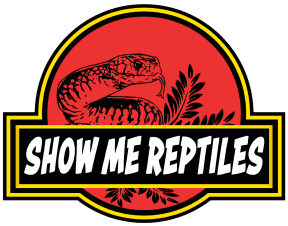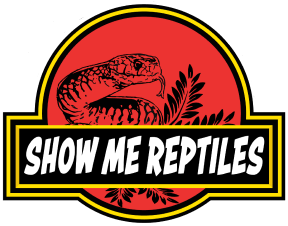Genetic mutations in reptiles, commonly referred to as morphs, have long fascinated reptile enthusiasts and scientists alike. These mutations can result in visually striking variations in coloration, pattern, and sometimes even physical characteristics. The study of these morphs not only provides insight into the genetic diversity of reptiles, but also offers valuable information for breeders and conservationists.
Well Known Morphs
One of the most well-known examples of morphs in reptiles can be found in ball pythons. These snakes exhibit a wide range of morphs, each with its own unique combination of colors and patterns. Some popular ball python morphs include albino, piebald, and spider, each of which is the result of specific genetic mutations. Breeders have selectively bred these morphs to create an astonishing variety of visually captivating ball pythons, making them highly sought after in the reptile trade.
In addition to ball pythons, other reptiles such as leopard geckos, corn snakes, and bearded dragons also display a diverse array of morphs. These mutations can manifest in different ways, from changes in pigmentation to alterations in scale patterns or body structure. Some morphs may have no apparent effect on the reptile's health or behavior, while others can result in developmental abnormalities or other health issues.
Prioritize Animal Health
While many reptile enthusiasts may be drawn to the aesthetic appeal of morphs, it's important to consider the ethical and conservation implications of selectively breeding for specific traits. In some cases, the pursuit of rare or unusual morphs has led to overbreeding, health problems, and increased demand for wild-caught specimens, which can have detrimental effects on reptile populations in their natural habitats.
Furthermore, the scientific study of morphs in reptiles offers valuable insights into the genetic mechanisms underlying these traits. Understanding the genetic basis of morphs can have broader implications for evolutionary biology and conservation efforts, as it can shed light on how genetic diversity is maintained within natural populations and how human activities can impact this diversity.
The world of reptile morphs is a fascinating and complex subject that encompasses both aesthetic fascination and scientific inquiry. Understanding the genetic mutations that give rise to these morphs not only enhances our appreciation for the diversity of reptiles but also presents important considerations for their conservation and welfare. Whether for the joy of observing these captivating creatures or for the advancement of scientific knowledge, genetic mutations in reptiles continue to inspire and intrigue enthusiasts and researchers alike.







